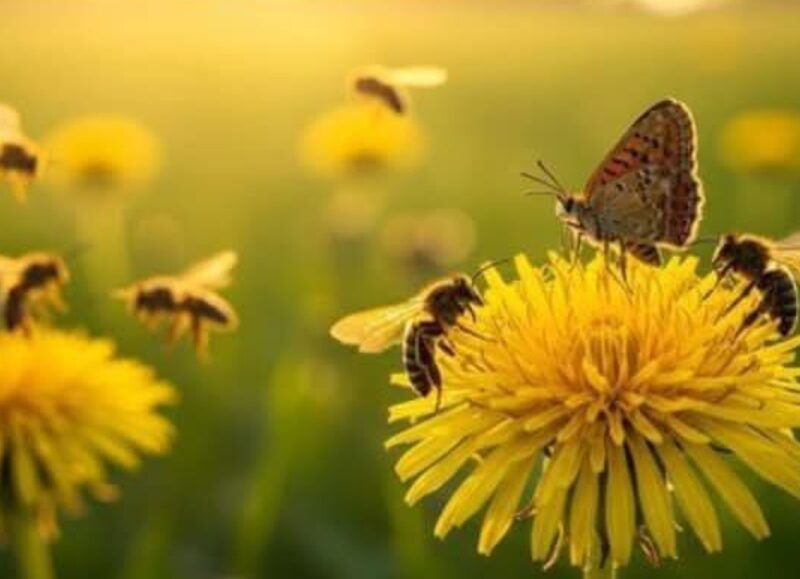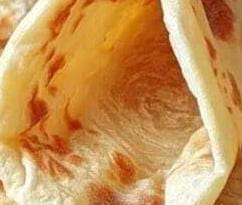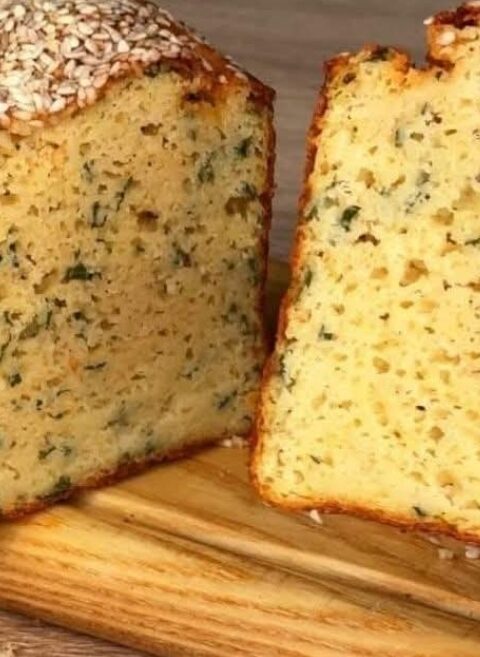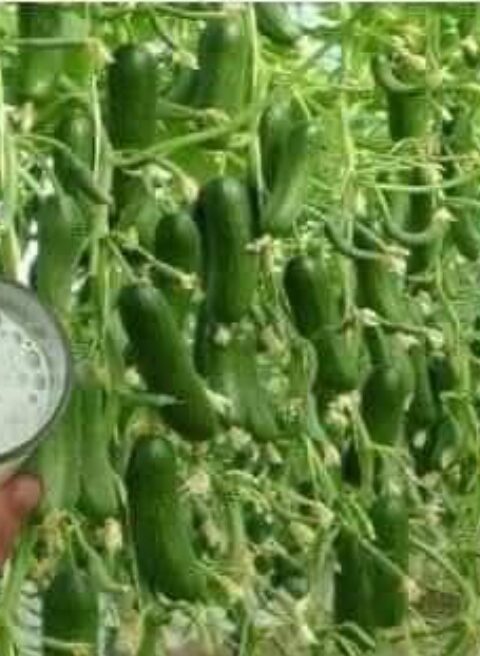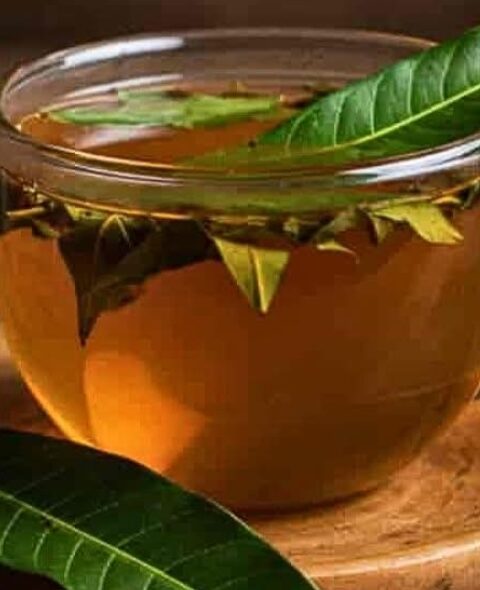The Mighty Dandelion: The Hero of Pollinators
Introduction: A Weed or a Wonder?
Dandelions are often dismissed as pesky weeds cluttering up pristine lawns and gardens. But look a little closer, and you’ll find that these bright golden blooms are one of nature’s most powerful allies.
As one of the earliest and most accessible sources of nectar and pollen for bees, butterflies, and other pollinators, dandelions serve a crucial role in the survival of these beneficial insects. In fact, the humble dandelion may be one of the most underrated heroes in your backyard.
In this article, we’ll explore the importance of dandelions for pollinators, the ecological impact of leaving them alone, their uses for humans, and how a shift in perspective can help you support local ecosystems with just a little more tolerance for this golden flower.
Why Dandelions Matter: Nature’s First Feast
1. First to Bloom
Dandelions are among the earliest flowers to bloom in spring, often appearing before many other plants have even broken ground. This timing is essential because pollinators are emerging from hibernation hungry and in need of immediate energy.
> Fun Fact: A single dandelion head can contain over 100 florets, each with nectar and pollen.
2. Accessible and Abundant
Unlike complex blooms that require long tongues or special techniques to access nectar, dandelions have open, shallow flowers that make it easy for a wide range of insects to feed. From honeybees to hoverflies, many species rely on dandelions.
3. Pollinator Diversity Support
More dandelions mean more food for:
Honeybees
Bumblebees
Butterflies
Hoverflies
Beetles
Native solitary bees
And more pollinators mean:
Better pollination for fruits and vegetables.
More biodiversity.
Stronger ecosystems.
The Mowing Mistake: Skip the Blades
Dandelions thrive in lawns, and unfortunately, that’s where they often meet their end.
Why You Should Mow Less Often
Early spring mowing removes the first source of food for pollinators.
Lawns kept too tidy can become ecological deserts.
Leaving patches of dandelions to grow creates mini sanctuaries for pollinators.
> Tip: If you must mow, consider skipping areas where dandelions are thriving or delay your first mow until after their initial bloom.
Lawn Pride vs. Planet Health
There’s a growing movement to embrace natural yards, with campaigns like No Mow May gaining popularity. These initiatives encourage people to let flowers like dandelions grow during critical pollinator feeding periods.
Health Benefits for Humans: More Than Just Bee Food
Dandelions aren’t just good for bees—they’re great for you too!
Nutritional Profile
Leaves: High in vitamins A, C, and K, plus calcium, potassium, and fiber.
Roots: Used as a natural liver cleanser and for digestive health.
Flowers: Can be turned into wine, tea, or added to salads.
> Safety Note: Only harvest dandelions from areas not treated with pesticides or herbicides.
Common Uses
Tea: Dandelion root tea is a natural detoxifier.
Salads: Young dandelion greens are mildly bitter and nutrient-dense.
Tinctures: Used in natural remedies for inflammation, bloating, and hormonal balance.
Common Misconceptions About Dandelions
1. “They Take Over My Lawn”
Truth: Dandelions are opportunistic but not aggressive. They grow in disturbed soils and disappear when conditions improve.
2. “They Kill Grass”
Truth: Dandelions don’t choke out grass. They aerate soil with deep taproots and actually help restore nutrients to the surface.
3. “They’re Useless”
Truth: Dandelions are food, medicine, and ecological allies!
Ecological Impact: One Small Flower, Big Difference
Dandelions provide:
Early-season nutrition to sustain pollinator populations.
Support for biodiversity in urban and rural environments.
Soil aeration and nutrient cycling via deep taproots.
Seed food for birds and small mammals.
Eliminating dandelions reduces nature’s toolbox. Their presence supports the entire food chain.
> Did you know? A decline in pollinators threatens more than 75% of global food crops that rely on pollination.
How You Can Help: Easy Action Steps
1. Let Them Grow
Resist pulling every dandelion from your lawn.
Designate a “pollinator patch” that remains unmowed.
2. Plant a Variety
Add other early bloomers like crocuses, violets, and deadnettle to support pollinators further.
3. Say No to Chemicals
Avoid herbicides and pesticides that harm pollinators.
Choose organic lawn care or natural alternatives.
4. Educate and Advocate
Share the facts about dandelions with neighbors.
Promote pollinator-positive practices in your community.
FAQs About Dandelions and Pollinators
Are Dandelions the Best Food for Bees?
They’re not the most nutrient-dense, but they are among the most accessible in early spring when little else is blooming.
Will Leaving Dandelions Destroy My Lawn?
No. They often indicate compacted or disturbed soil. Managing soil health naturally reduces their spread without the need for chemicals.
Can I Plant Dandelions on Purpose?
Yes—in pots or garden beds, dandelions can serve as companions for vegetables and as pollinator lures.
Conclusion: Rethink the Weed
Next time you spot a bright yellow dandelion on your lawn, take a moment to appreciate it. This small flower offers enormous value to the environment, especially during critical early spring months.
Instead of pulling or poisoning dandelions, let them bloom. Let them feed the bees. Let them heal the soil. Let them remind us that sometimes, what looks like a weed is really a hero in disguise.
The mighty dandelion: it’s not a nuisance. It’s nature’s golden gift.
